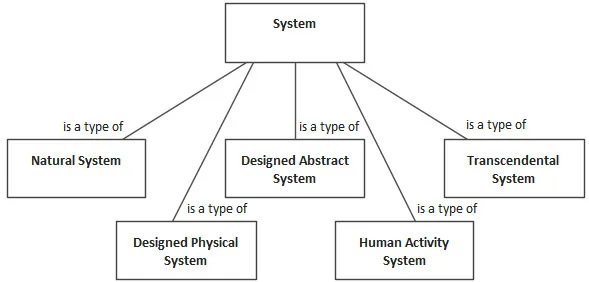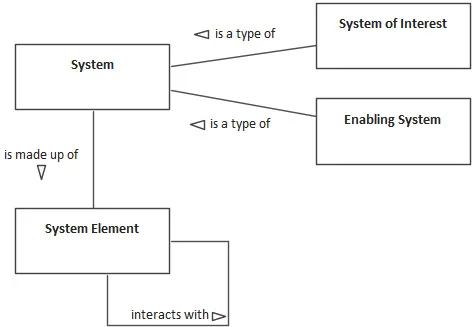
Systems Engineering Demystified
A practitioner's handbook for developing complex systems using a model-based approach
Jon Holt
- 468 pages
- English
- ePUB (mobile friendly)
- Available on iOS & Android
Systems Engineering Demystified
A practitioner's handbook for developing complex systems using a model-based approach
Jon Holt
About This Book
Get to grips with systems engineering life cycles, processes, and best practices and discover techniques to successfully develop complex systems
Key Features
- Discover how to manage increased complexity and understand systems better via effective communication
- Adopt a proven model-based approach for systems engineering in your organization
- Apply proven techniques for requirements, design, validation and verification, and systems engineering management
Book Description
Systems engineering helps us to understand, specify, and develop complex systems, and is applied across a wide set of disciplines. As systems and their associated problems become increasingly complex in this evermore connected world, the need for more rigorous, demonstrable, and repeatable techniques also increases.Written by Professor Jon Holt – an internationally recognized systems engineering expert – this book provides a blend of technical and business aspects you need to understand in order to develop successful systems. You'll start with systems engineering basics and understand the complexity, communication, and different stakeholders' views of the system. The book then covers essential aspects of model-based systems engineering, systems, life cycles, and processes, along with techniques to develop systems. Moving on, you'll explore system models and visualization techniques, focusing on the SysML, and discover how solutions can be defined by developing effective system design, verification, and validation techniques. The book concludes by taking you through key management processes and systems engineering best practices and guidelines.By the end of this systems engineering book, you'll be able to confidently apply modern model-based systems engineering techniques to your own systems and projects.
What you will learn
- Understand the three evils of systems engineering - complexity, ambiguous communication, and lack of understanding
- Realize successful systems using model-based systems engineering
- Understand the concept of life cycles and how they control the evolution of a system
- Explore processes and related concepts such as activities, stakeholders, and resources
- Discover how needs fit into the systems life cycle and which processes are relevant and how to comply with them
- Find out how design, verification, and validation fit into the life cycle and processes
Who this book is for
This book is for aspiring systems engineers, engineering managers, or anyone looking to apply systems engineering practices to their systems and projects. While a well-structured, model-based approach to systems engineering is an essential skill for engineers of all disciplines, many companies are finding that new graduates have little understanding of systems engineering. This book helps you acquire this skill with the help of a simple and practical approach to developing successful systems. No prior knowledge of systems engineering or modeling is required to get started with this book.
]]>
Frequently asked questions
Information
Section 1: Introduction to Systems Engineering
- Chapter 1, Introduction to Systems Engineering
- Chapter 2, Model-Based Systems Engineering
Chapter 1: Introduction to Systems Engineering
- A brief history of systems engineering
- Defining systems engineering
- The need for systems engineering
A brief history of systems engineering
Defining systems engineering
Defining a system

- Natural systems, which represent open systems whose characteristics are beyond the control of humans. Such systems include weather systems, nature, the environment, time, and so on.
- Designed physical systems, which represent what most people would immediately think of when considering a system, such as smartphones, tablets, helicopters, cars, trains, planes, spaceships, boats, TVs, cameras, bridges, computer games, satellites, and even domestic appliances. The list is almost endless. The systems will typically consist of physical artifacts that represent the real-world manifestation of the system.
- Designed abstract systems, which represent systems that have no physical artifacts but that are used by people to understand or explain an idea or concept. Examples of such systems include models, equations, thought experiments, and so on.
- Human activity systems, which are people-based systems that can be seen or observed in the real world. These systems will typically consist of different sets of people interacting to achieve a common goal or purpose. Examples of such systems include a political system, social groups, people-based services, and so on.
- Transcendental systems, which are systems that go beyond our current understanding. Examples of such systems include deities, unknown problems, and Numberwang.
Characteristics of a system
System elements – characterizing system structure
